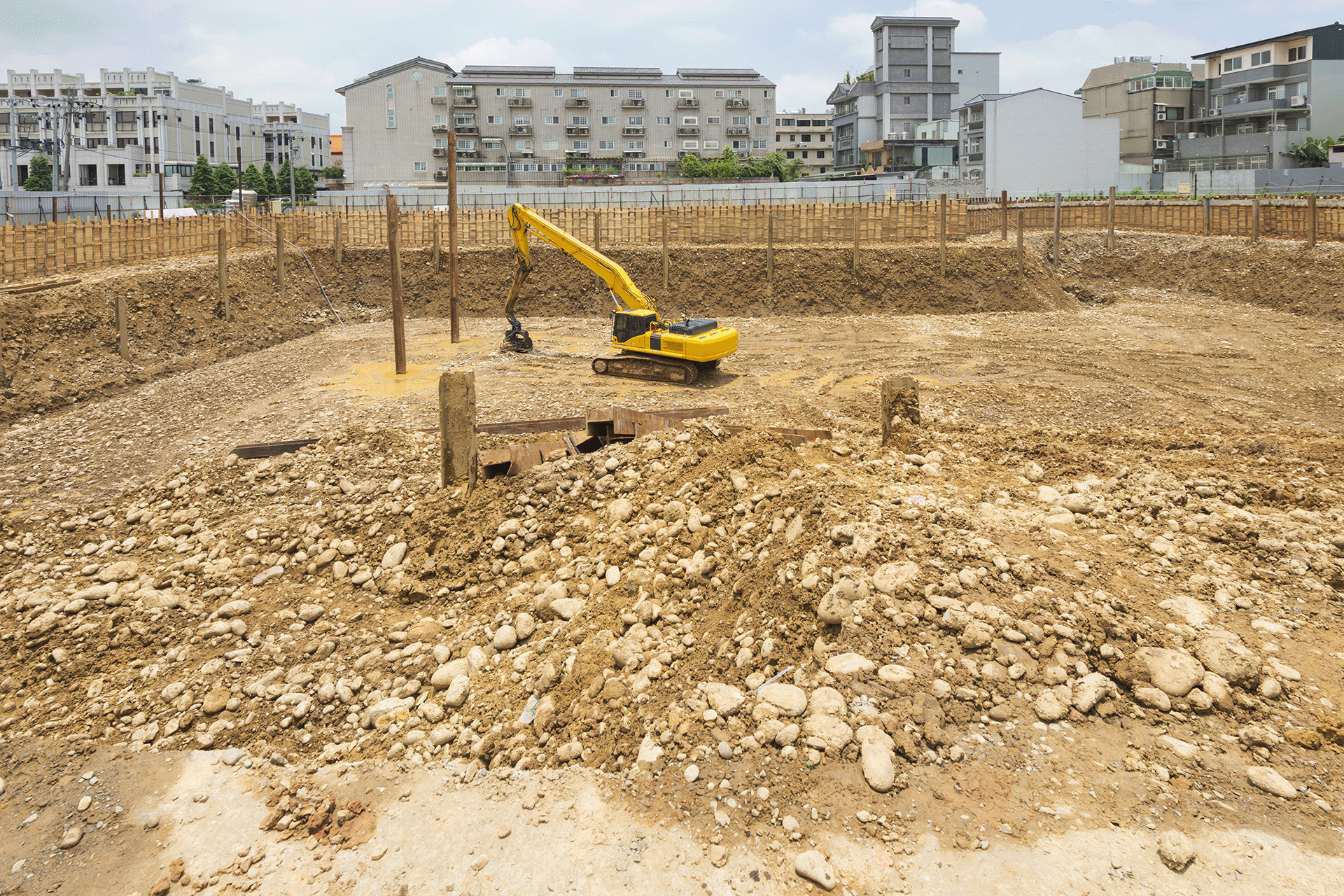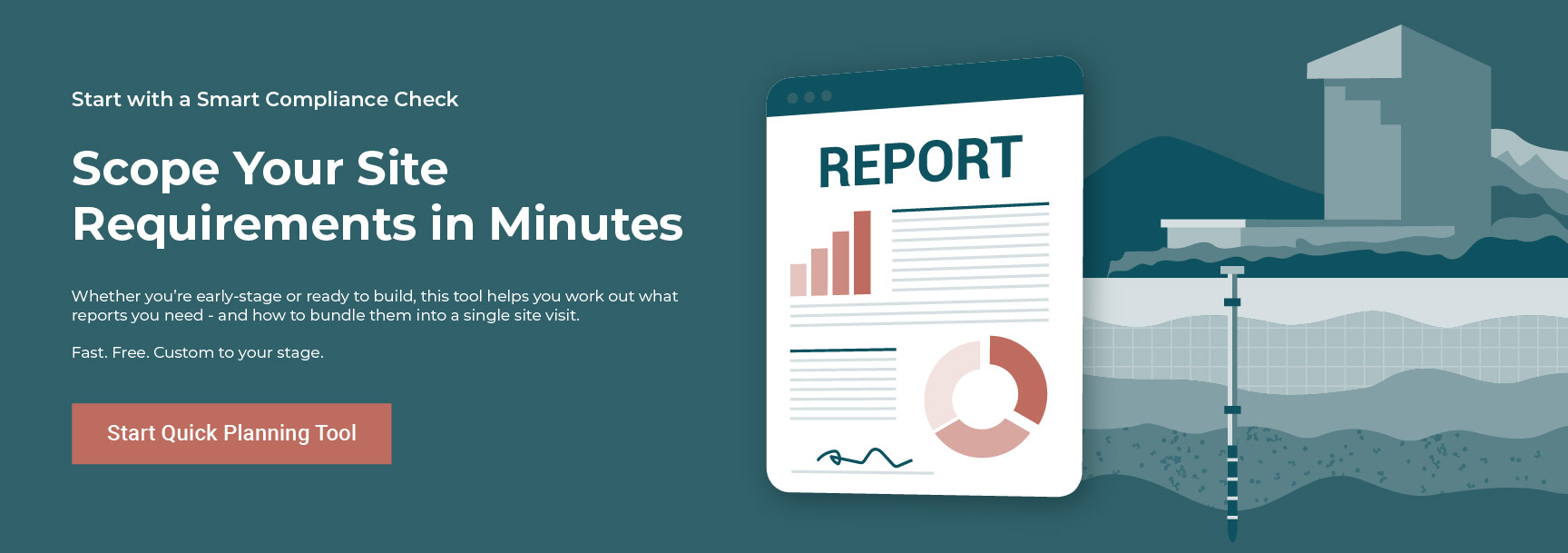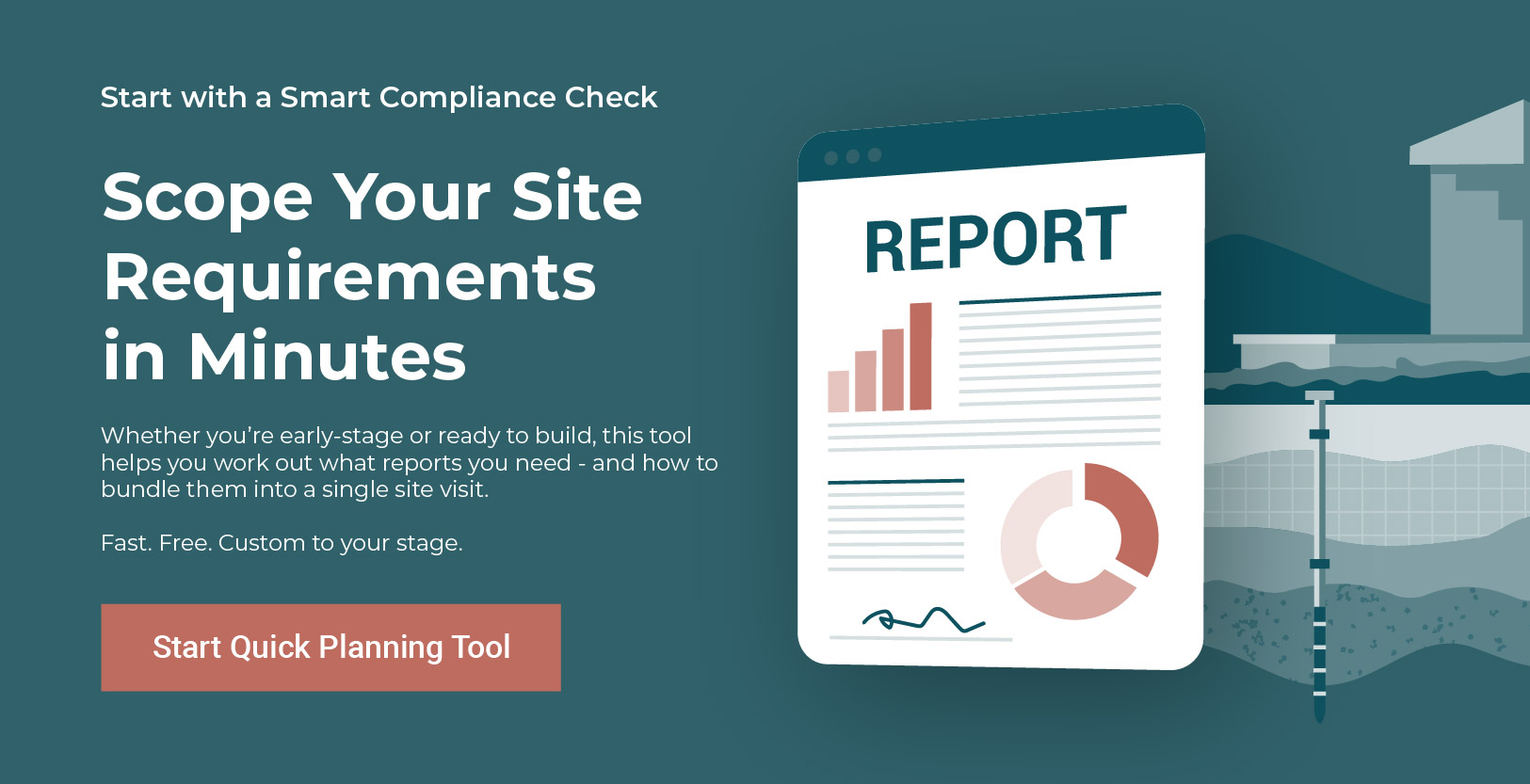Introduction
Once a Detailed Site Investigation (DSI) is complete, the next phase is about action. Whether you’re a developer, town planner, or environmental consultant, understanding what comes next helps you avoid costly delays and ensures regulatory compliance.
This article answers five commonly asked questions about what happens after a DSI report is finalised.
What Is the Purpose of a Detailed Site Investigation Report?
A Detailed Site Investigation provides in-depth information about the type, location, and extent of contamination found on a site. The report outlines:
- Contaminant types and concentrations
- Potential risks to human health and the environment
- Exposure pathways (e.g. soil, groundwater, vapour)
- Recommendations for remediation or further assessment
The goal is to determine whether the site is suitable for its intended use – and, if not, what needs to happen to make it safe.
What Are the Next Steps After Receiving the DSI Report?
The next step depends on the level of contamination found and the site’s proposed future use (residential, commercial, industrial, etc.). Common outcomes include:
- No further action: if contaminant levels are below applicable guidelines
- Site Management Plan (SMP): if minor contamination can be managed through land-use restrictions or operational controls
- Remediation Action Plan (RAP): if contamination exceeds guidelines and remediation is required
- Additional investigations: if the data is incomplete or further delineation is needed
These steps are often guided by the NSW EPA or the local consent authority as part of the development approval process.
When Is a Remediation Action Plan Required?
A Remediation Action Plan (RAP) is triggered when contamination poses an unacceptable risk to human health or the environment under the proposed land use. The RAP outlines:
- Remediation goals and criteria
- Remediation technologies and timelines
- Validation testing requirements
- Environmental management and health safeguards
The RAP must be developed by a suitably qualified environmental consultant and is often reviewed by the EPA, council, or an accredited Site Auditor.
How Do Validation and Site Remediation Work?
If a RAP is implemented, the site will undergo remediation works, followed by validation to confirm that the objectives have been met. This includes:
- Remediation: excavation, capping, soil treatment, or other techniques
- Validation sampling: soil, groundwater, or vapour sampling to confirm remediation effectiveness
- Final reporting: submission of a Validation Report to regulators or auditors
Only once the site passes validation can construction, subdivision, or change of use proceed. To learn about our Site Remediation & Validation services, read more here.
Can the Site Be Redeveloped Immediately After the DSI?
Not necessarily. Redevelopment can only begin once all regulatory requirements are satisfied. Depending on the findings, this may involve:
- Approval of the RAP and successful remediation
- Issuing of a Site Audit Statement by an EPA-accredited auditor
- Compliance with development consent conditions
- Ongoing site management obligations (e.g. restricted land uses, groundwater controls)
Early coordination between developers, consultants, and authorities is essential to streamline these steps and avoid project delays.
Partner With Experts Who Understand the Full Process
From Preliminary Investigations through to remediation and validation, Raw Earth Environmental provides end-to-end support to keep your project compliant and moving.
Our team works closely with regulatory bodies and auditors to help you achieve development approvals with confidence.
Get in touch to discuss your next step after DSI.








.png)







